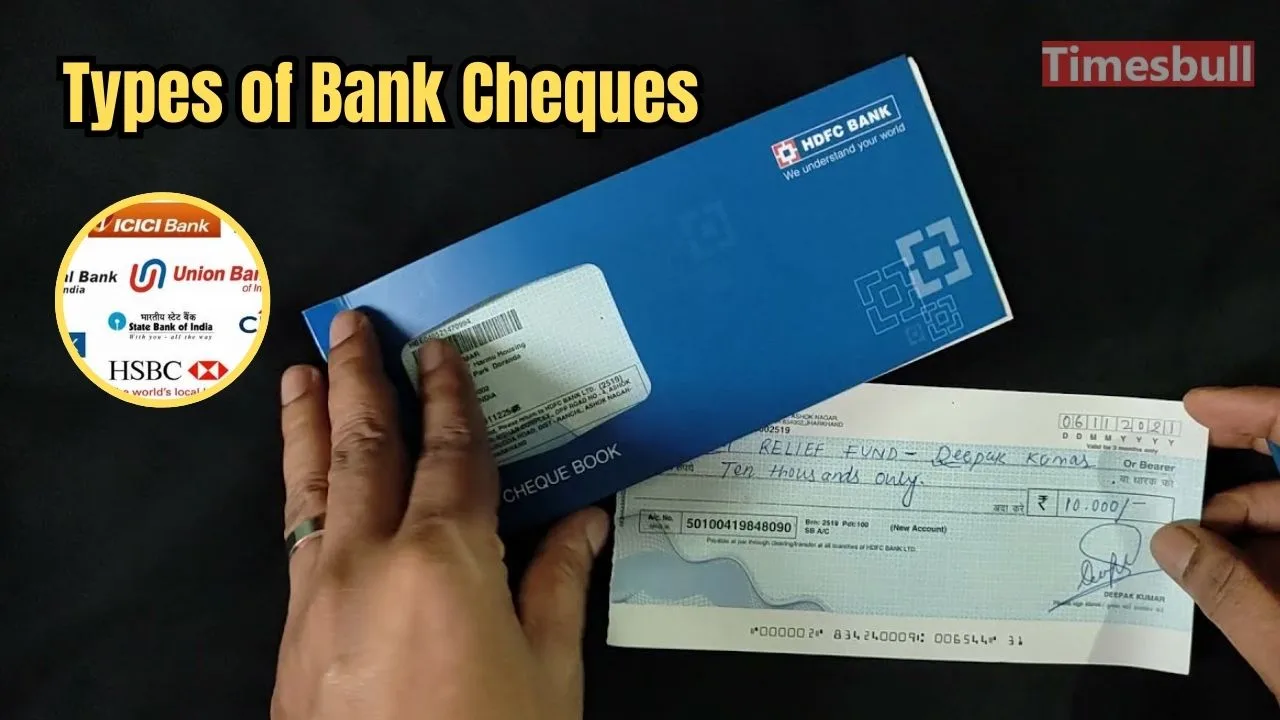Usually, banks issue chequebooks to savings account holders. Cheques are issued to both current and savings account holders. Despite the rise of UPI and digital transactions, the importance of cheques has not diminished. They are often preferred for large transactions and serve as proof of payment. You may have also used cheques to transfer money to someone. Did you know that there are 9 different types of bank cheques? Let’s explore when and where each type of cheque is used.
- Bearer Cheque
A bearer cheque is a cheque that can be encashed by the person whose name appears on it. It is also known as a “payable to bearer” cheque. - Order Cheque
An order cheque is a cheque with “or order” written after the payee’s name. It is also referred to as a “payable to order” cheque. - Crossed Cheque
In a crossed cheque, the issuer draws two parallel lines at the top corner of the cheque, often with “a/c payee” written between them. This ensures that, regardless of who presents the cheque, the funds are credited to the account of the person named on the cheque. The advantage of a crossed cheque is that it reduces the risk of payment being made to an unauthorized person. - Open Cheque
Open cheques, also called uncrossed cheques, are cheques that are not crossed. These cheques can be presented at the drawer’s bank and are payable to the person who presents them. - Post-Dated Cheque
A post-dated cheque is a cheque that bears a future date instead of the date of issuance. It can be presented to the bank after issuance, but the funds will only be transferred on or after the date mentioned on the cheque. - Stale Cheque
A stale cheque is a cheque that has exceeded its validity period and can no longer be encashed. Earlier, the validity period was six months from the date of issuance. Currently, this period has been reduced to three months. - Traveller’s Cheque
A traveller’s cheque is a cheque equivalent to a universally accepted currency. It is available in various denominations and is issued by a bank to facilitate payments when travelling. Traveller’s cheques do not have an expiry date, so they can be used during future trips or encashed after returning from your travels. - Self Cheque
A self-cheque is issued by a person to themselves, typically for cash withdrawal from their bank account. The word “self” is written in the name column of the cheque. - Banker’s Cheque
A banker’s cheque is issued by a bank on behalf of the account holder to another person in the same city. It is an order to pay a specified amount to the recipient mentioned on the cheque.
